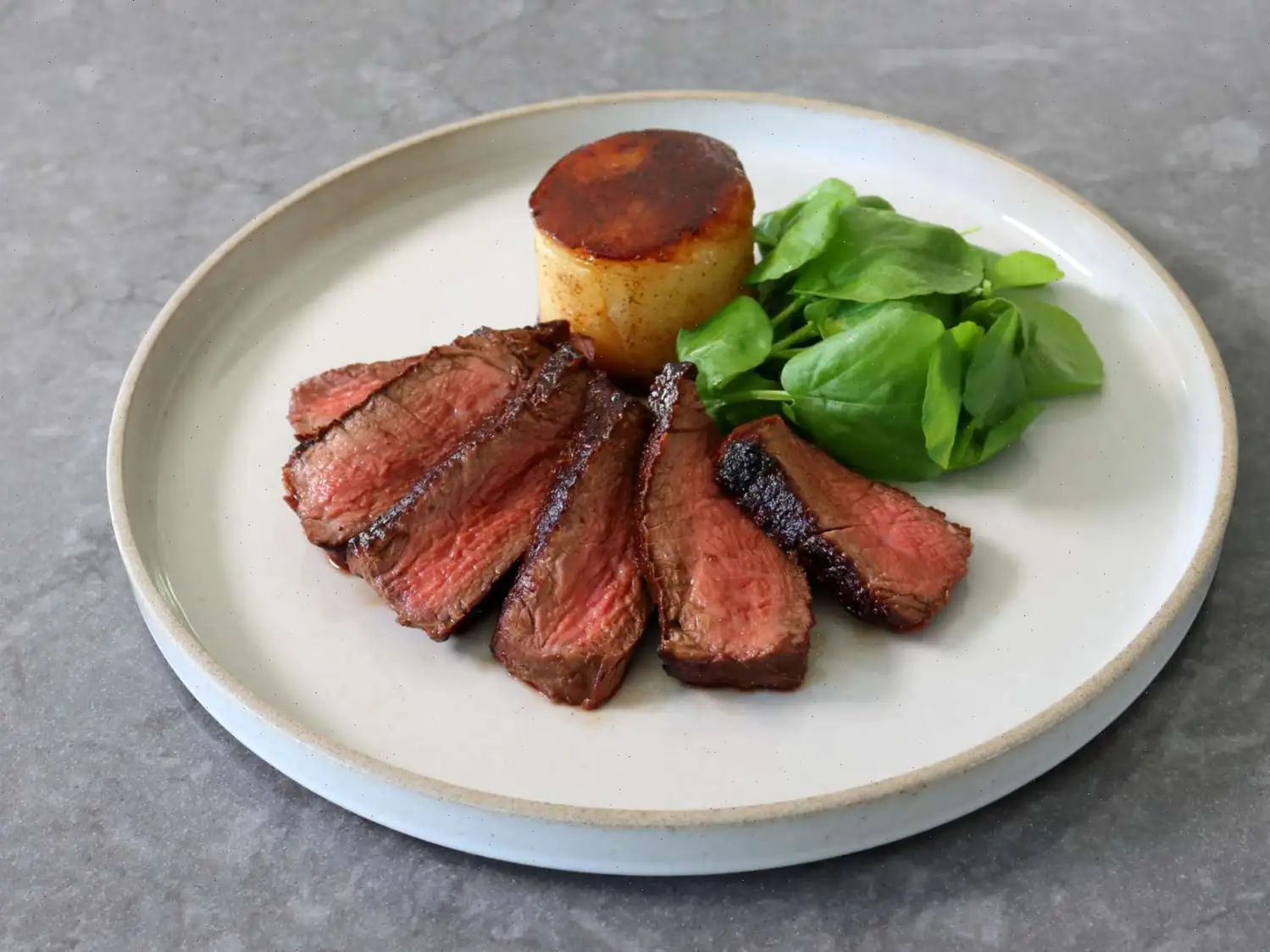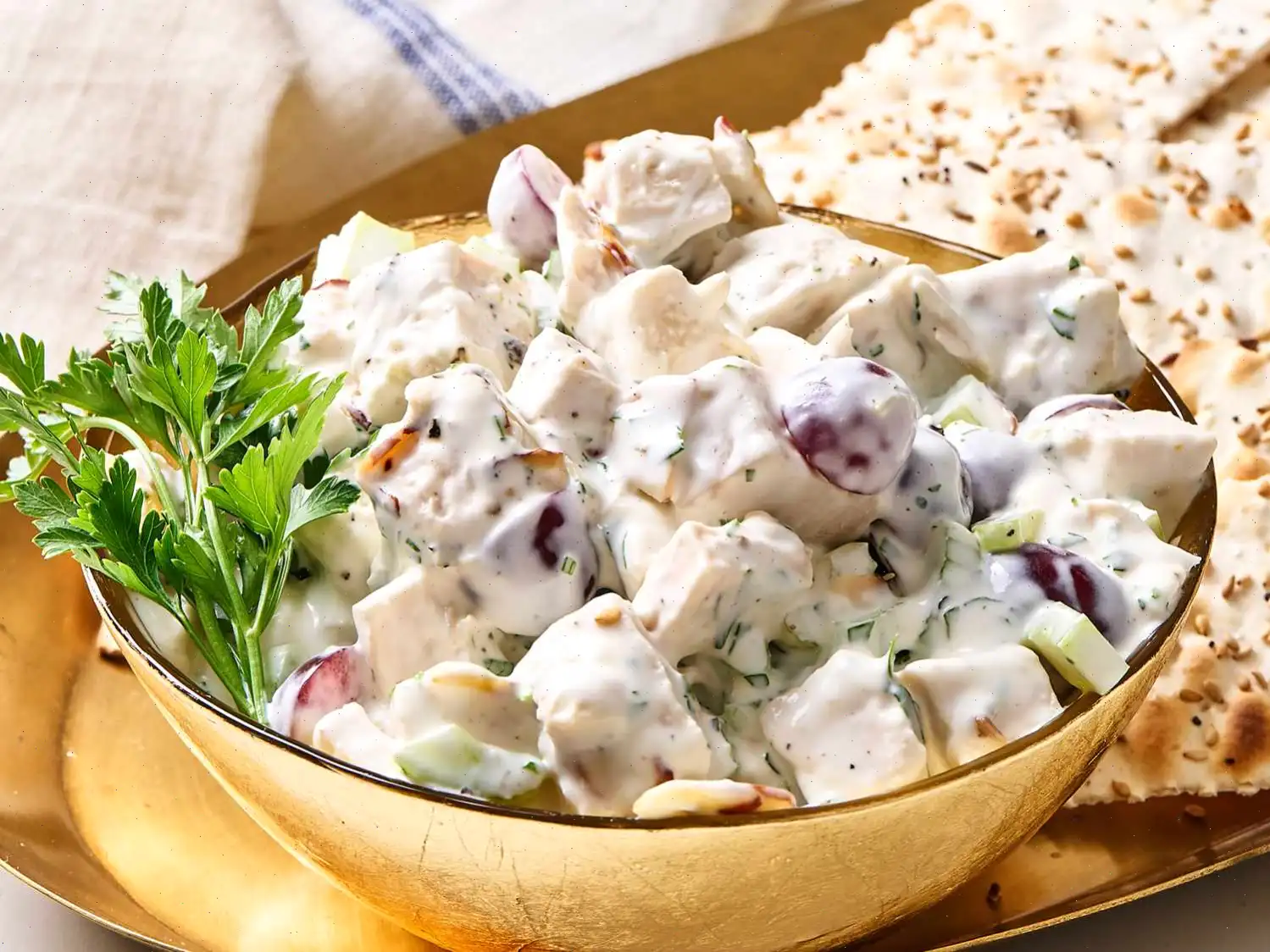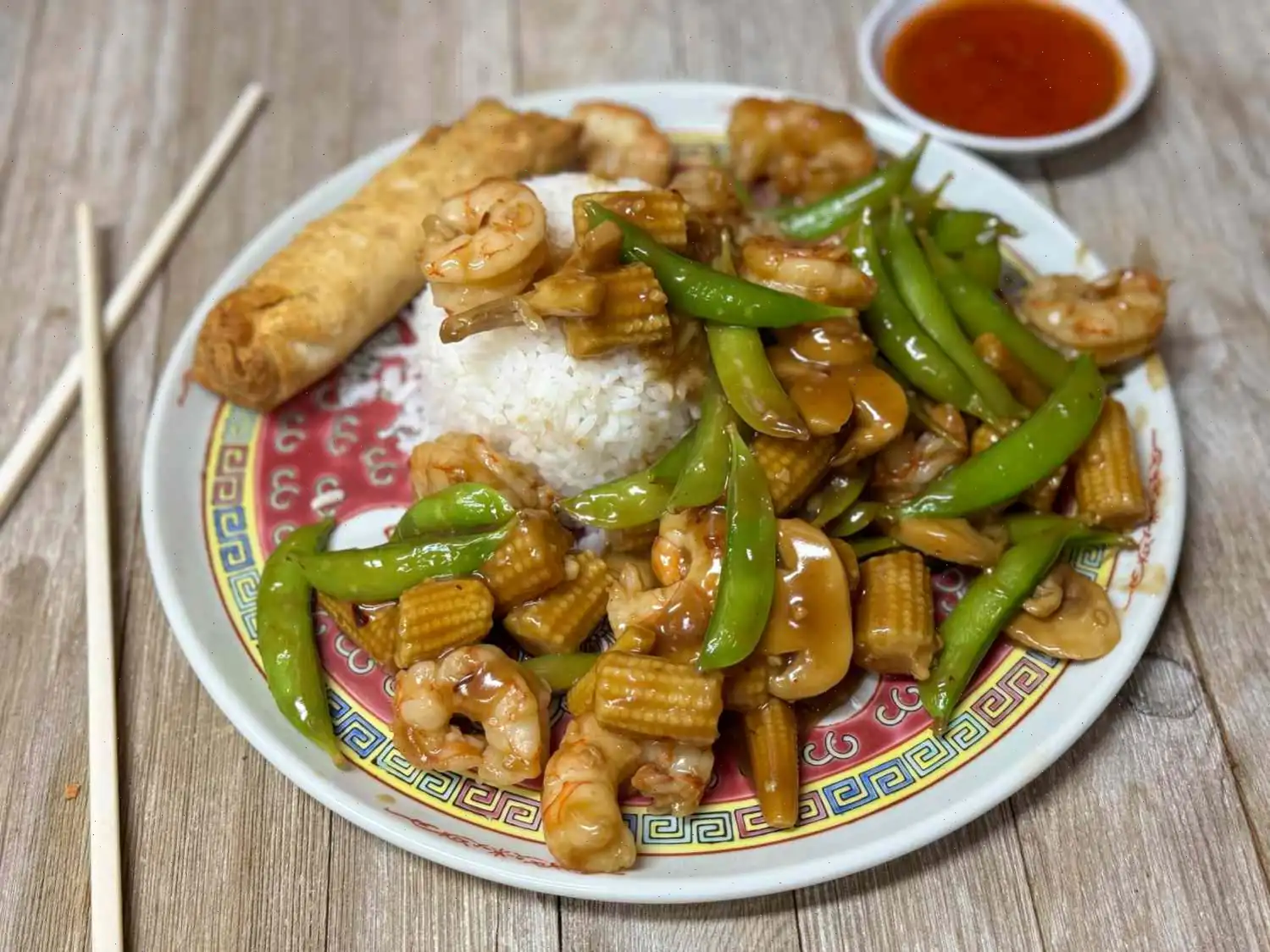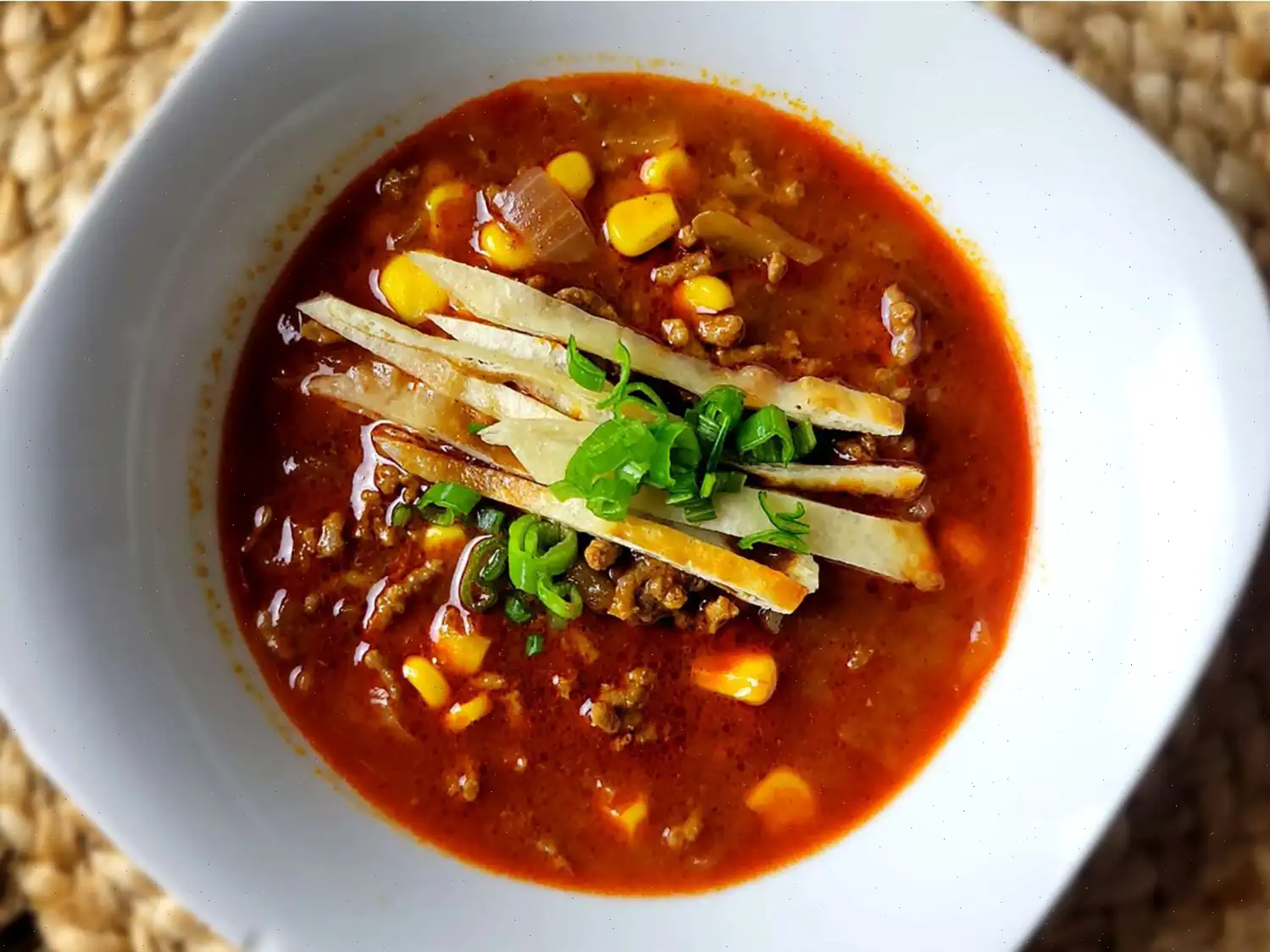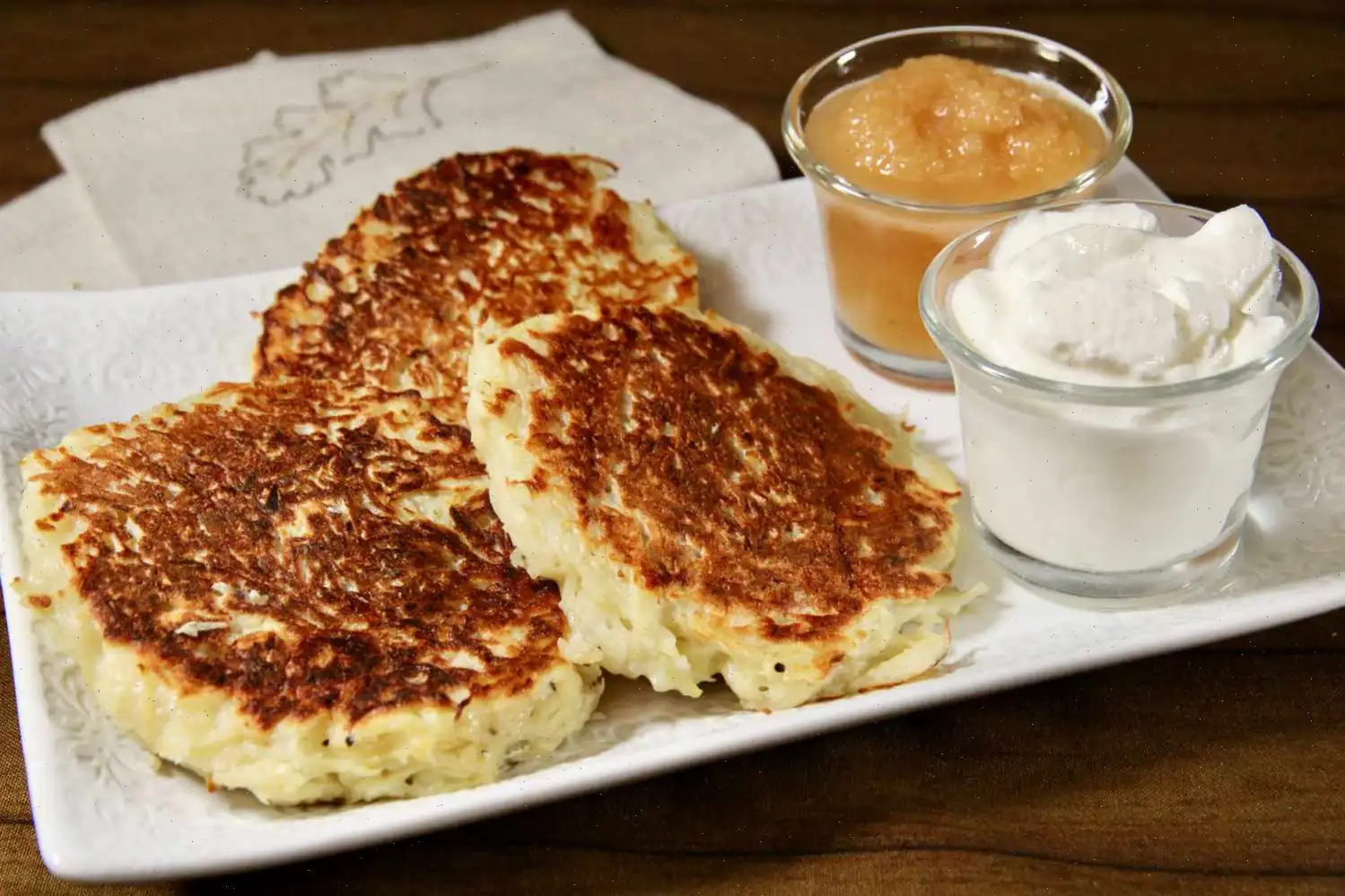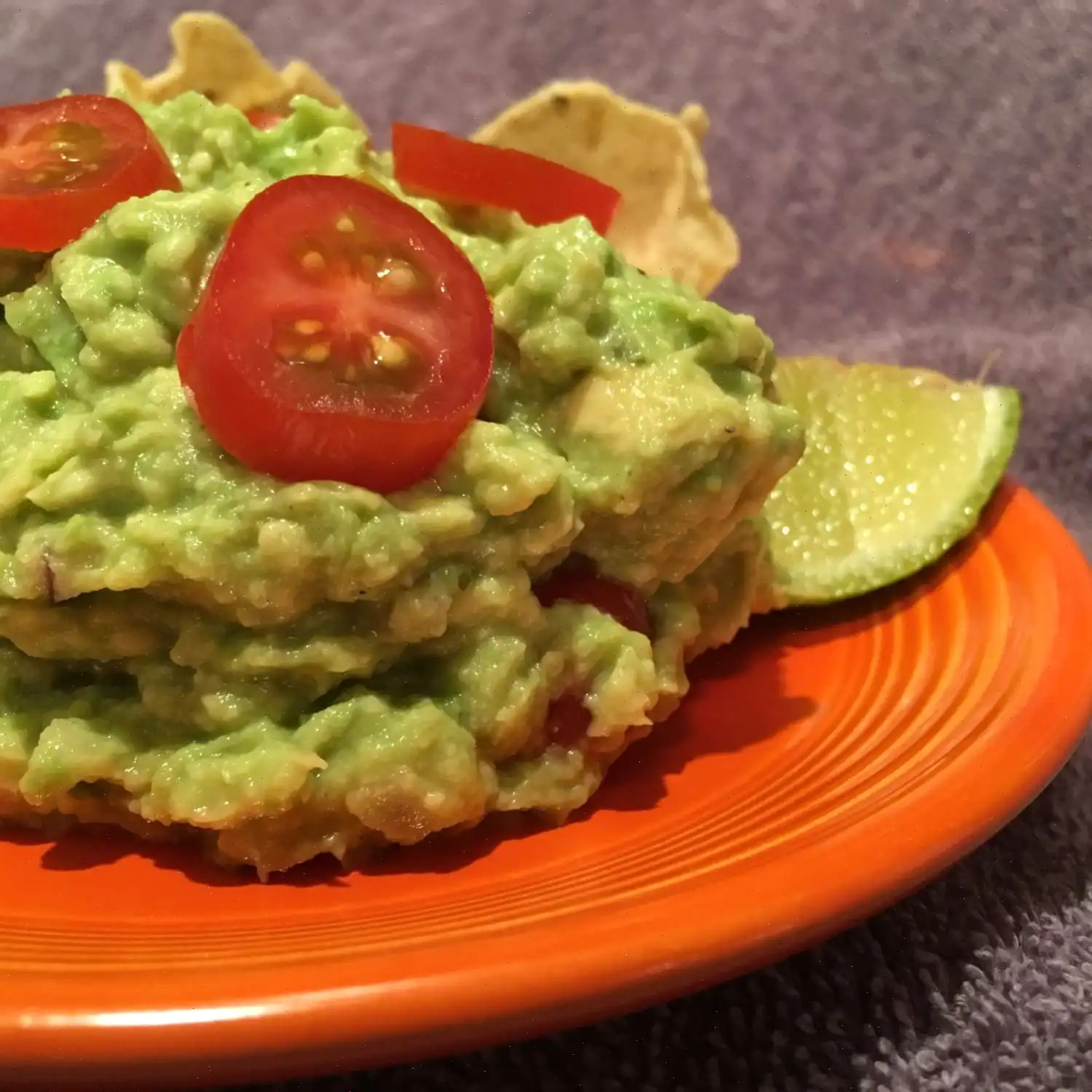
Japanese-Style Triple-Seared Steak Recipe
Over the years Ive developed a pretty decent chef-radar for identifying what new recipes and techniques are gimmicks or fleeting fads, and which are actual culinary breakthroughs, and when I first heard about Japanese-style triple-seared steak, I thought for sure it was the latter. Ive never been so happy to be wrong. This technique may sound like two sears too many, but its definitely not. The salt, then whiskey, then soy searing method is an absolute game-changer that produces an incredibly flavorful steak with a thick, beautiful crust. This is a must-make for any steak lover, and would be perfect for treating Dad on Fathers Day. But, no matter the occasion, I loved everything about this, and really do hope you give it a try soon. Enjoy!
Ingredients
- 1 (8 ounce) center-cut filet mignon, fully trimmed
- 1 teaspoon avocado oil or other high-heat oil
- 3 tablespoons coarse sea salt, or as needed
- 1/3 cup Japanese whiskey, or other bourbon or rye whiskey
- 1/4 cup soy sauce
- 1 tablespoon melted butter
Directions
Before starting the triple-searing process, build a very hot hardwood charcoal fire. Oak, mesquite, or hickory are great choices. The coals should be glowing red, and radiating extreme heat before the meat hits the grill.
- Rub the steak all over with oil. Coat with sea salt until the entire surface area is completely covered.
- Pour whiskey into a shallow bowl and set aside.
- Place the steak on the hottest spot on the grill, searing both sides for about 2 1/2 minutes per side.
- Transfer the steak into the bowl of whiskey, and turn constantly for at least 1 minute. Most of the salt will rinse off.
- Place the steak back onto the hottest spot on the grill, searing both sides again for about 2 1/2 minutes per side. You can baste the steak with a small amount of whiskey while searing.
- Add soy sauce to another shallow bowl and add the steak to the bowl. Turn constantly for at least 1 minute.
- Return the steak to the hottest spot on the grill for the 3rd and final sear. Grill both sides for about 2 1/2 minutes, or until the desired doneness is reached. For a rosy-pink inside, remove when an instant-read thermometer inserted near the center reads 118 to 120F (48 to 50C).
- Brush the steak with melted butter and let rest for 3 to 4 minutes.
- Slice and serve with any accumulated juices from the plate.
Nutrition Facts (per serving)
- Calories: 997
- Total Fat: 65g (83% Daily Value)
- Saturated Fat: 24g (121% Daily Value)
- Cholesterol: 250mg (83% Daily Value)
- Sodium: 4297mg (187% Daily Value)
- Total Carbohydrate: 3g (1% Daily Value)
- Dietary Fiber: 1g (2% Daily Value)
- Protein: 65g (131% Daily Value)
- Iron: 5mg (27% Daily Value)
- Potassium: 1028mg (22% Daily Value)
- Calcium: 68mg (5% Daily Value)
- Vitamin C: 0mg (0% Daily Value)
* Percent Daily Values are based on a 2,000 calorie diet. Your daily values may be higher or lower depending on your calorie needs.
History of Japanese-Style Triple-Seared Steak
The Japanese-style triple-seared steak is a modern culinary innovation that draws inspiration from both traditional Japanese grilling techniques and Western steak preparation. The method originated in Japan in the early 2000s, when chefs began experimenting with multiple sears and the use of Japanese whiskey to enhance flavor and tenderness. Unlike simple pan-searing, this approach uses a sequence of salt, whiskey, and soy sauce to build complex layers of taste while creating a deeply caramelized crust on the meat. It reflects Japans unique approach to meat, balancing precision cooking with bold umami flavors.
Regional Characteristics
While steak itself is not traditionally Japanese, the triple-searing technique emphasizes regional ingredients and methods. Japanese hardwoods such as oak and hickory are often used for grilling, giving the meat a smoky aroma distinct from Western barbecue. The use of Japanese whiskey, often lighter and subtly sweet compared to bourbon or rye, introduces a local nuance that is both aromatic and tenderizing. Soy sauce, a staple of Japanese cuisine, adds a layer of umami that distinguishes this style from classic Western steaks.
Differences from Similar Dishes
Unlike a standard Western steak, which is typically seared once or twice, the triple-seared technique emphasizes three distinct layers of flavor. First, salt forms a crust and enhances the natural taste of the beef. Second, whiskey briefly bathes the steak, balancing the saltiness while imparting a subtle sweetness. Third, soy sauce contributes deep umami and a slight caramelization. This combination results in a steak that is more complex and aromatic than traditional seared steaks or even Japanese Wagyu prepared simply on a grill.
Where It Is Typically Served
Japanese-style triple-seared steak is commonly featured in high-end steakhouses and contemporary Japanese fusion restaurants. It is often served as a centerpiece for celebratory dinners or gourmet tasting menus. While home cooks also prepare it, many chefs recommend careful attention to searing times and heat to achieve the signature crust and tender interior. Accompaniments may include steamed vegetables, daikon radish, or light dipping sauces that complement but do not overpower the rich flavors of the steak.
Interesting Facts
- The triple-searing process was inspired by the Japanese culinary philosophy of layering flavors and textures for maximum sensory impact.
- Using whiskey as an intermediate step is unique to this method; it both rinses excess salt and infuses subtle caramelized notes.
- The steaks signature crust forms due to the Maillard reaction enhanced by sequential searing and the sugars in whiskey and soy sauce.
- Some chefs experiment with regional whiskies, such as Hokkaido or Kyushu distillates, to create distinct flavor profiles.
- Although designed for high-quality cuts like filet mignon, the technique can be adapted for rib-eye or sirloin with careful timing to maintain juiciness.
You can listen to this recipe in AI audio format. Simply click the play button below to listen to the content in a format that suits you best. It’s a great way to absorb information on the go!
FAQ about Japanese-Style Triple-Seared Steak Recipe
Comments
David Turner
04/01/2023 12:15:21 PM
Cleverpea, after reading your comment about salt, I have a couple of suggestions. 1. Although the recipe doesn't specify, I would recommend using sesame oil or UNSALTED butter for the finishing touch. 2. I highly suggest trying out Diamond Crystal Salt Flakes. This salt is favored by chefs (even a panel of chefs on this site rated it as the top choice). It has a coarse, flat flake form that creates air spaces for juices to move around, resulting in a unique texture. Additionally, it contains less than half the sodium compared to other coarse salt brands per serving due to these air spaces. I cannot recommend it enough. 3. If you still find it too salty, opt for reduced sodium soy sauce or ponzu style soy sauce, which has lower sodium content and citrus notes.
Julie Rivera
07/22/2023 09:28:42 PM
I've prepared this dish several times. The first time it was incredibly tasty, but the second time it turned out excessively salty. I'm unsure what went wrong as I followed the recipe precisely on both occasions. I'm rating it 4 out of 5 because there seems to be a high risk of it becoming inedible, and I'm uncertain where the error occurred. Yet, if made correctly, it is truly delicious!
Carolyn Nguyen
05/07/2025 12:18:28 PM
I am typically a huge admirer of Chef John's recipes, however, this particular one was a disappointment. I followed his instructions meticulously, but unfortunately, the steak turned out to be incredibly salty. It was borderline inedible. Despite this setback, I will still be eager to try out Chef John's future recipes.
Timothy Anderson
09/30/2024 09:11:09 PM
Wow, I am blown away by this recipe! The combination of salt, whiskey (whiskey?), and soy sauce on the steak's exterior produced such amazingly delicious results- it's like magic! I have no clue how it works, but I'm so glad I discovered this recipe. Despite using a thick rib-eye and not having my grill as hot as Chef John suggested, the outcome was still absolutely fantastic.


